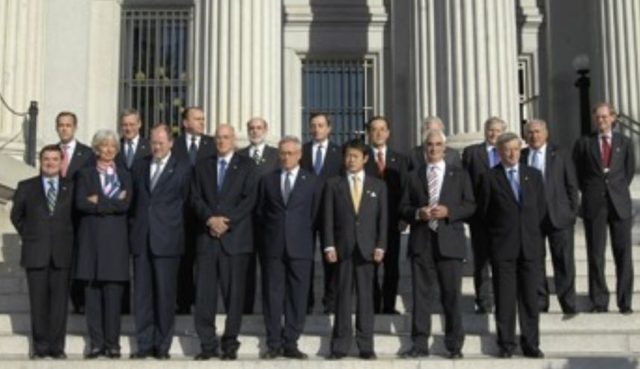The growth of the developed economies begins to take some traction. World GDP growth is stabilized at over 3%, while that of developed economies seems to be consolidating at around 2% per year, according to data from the International Monetary Fund. However, consumer prices are far from the growth of 2% year-on-year that central banks see as ideal to generate a comfortable economic climate for agents. Analysts, economists and other experts wield different hypotheses to explain this phenomenon that prevents central bankers from fulfilling their role.
In the case of the United States, with the exception of the first months of this year (oil was much more expensive than in 2016), the CPI has remained consistently below 2% over the past five years. The eurozone case is very similar, since the end of 2012 the CPI has not approached 2% only in specific months and due to causes related to energy. In August, the CPI in the euro area was 1.5% and in the United States it was 1.7%.
Prices do not reach the central banks’ target despite the fact that consumption is strong and labor markets are close to full employment according to metric traditions. The theory dictates that if demand for goods and services is strong, prices should rise so that demand and supply will find the new equilibrium point, a process that should be even more robust if account is taken of the low levels of unemployment in countries such as Japan and the United States.
Federal Reserve governor Lael Brainard has pointed out in a recent speech that underlying inflation has lost momentum since the last crisis.
In addition, another reason may be the proximity of interest rates to their ‘effective lower bound’, a phenomenon that occurs when nominal short-term interest rates (controlled almost entirely by the central bank) are very close to zero, and despite this, agents continue to show a high preference for more liquid assets, thus creating a liquidity trap and preventing inflation reaching the desired 2%.
This complex situation “could increase the frequency of periods of low inflation,” Brainard points out. These types of liquidity traps “restrict the space and tools of monetary policy to counter adverse situations,” acknowledges the Fed governor.
Another argument often made by experts and, above all, by the European Central Bank, argues that the labor market does not enjoy the health of traditional metrics, which is pushing down wages and, consequently, underlying inflation.
Increases in the unemployment rate are not always synonymous with the destruction of employment, while reductions in unemployment do not necessarily imply the creation of net employment. The unemployment rate evaluates the percentage of the active population that does not find employment, reason why it leaves absolutely forgotten to the people who have left the active population, for the reasons that are. This type of population continues to register relatively high rates in the eurozone, which is a clear sign that the labor market does not finish carbureting.
That is, millions of people may have stopped actively seeking work (discouraged or people who prefer not to work) so they would no longer be part of the population considered to be active. This situation would clearly show that the labor market is weak, however the unemployment rate in this fictitious society could be relatively low if the population that does look for work is scarce and has an easy way to find it.
Finally, the Wall Street Journal highlights in an analysis devoted to the disconnection of growth and inflation that globalization, the loss of power of unions and the rise of multinationals that manufacture and produce in countries with more labor may be lowering inflation. This causes import prices to remain stable or even fall in certain periods.
In addition, multinationals like Amazon that make certain processes more ‘effective’ and have greater bargaining power with suppliers, are also having their influence. Jason Helfstein, a senior optics analyst at Oppenheimer, points out to The Wall Street Journal that when Amazon enters a market, prices in that market go down.










